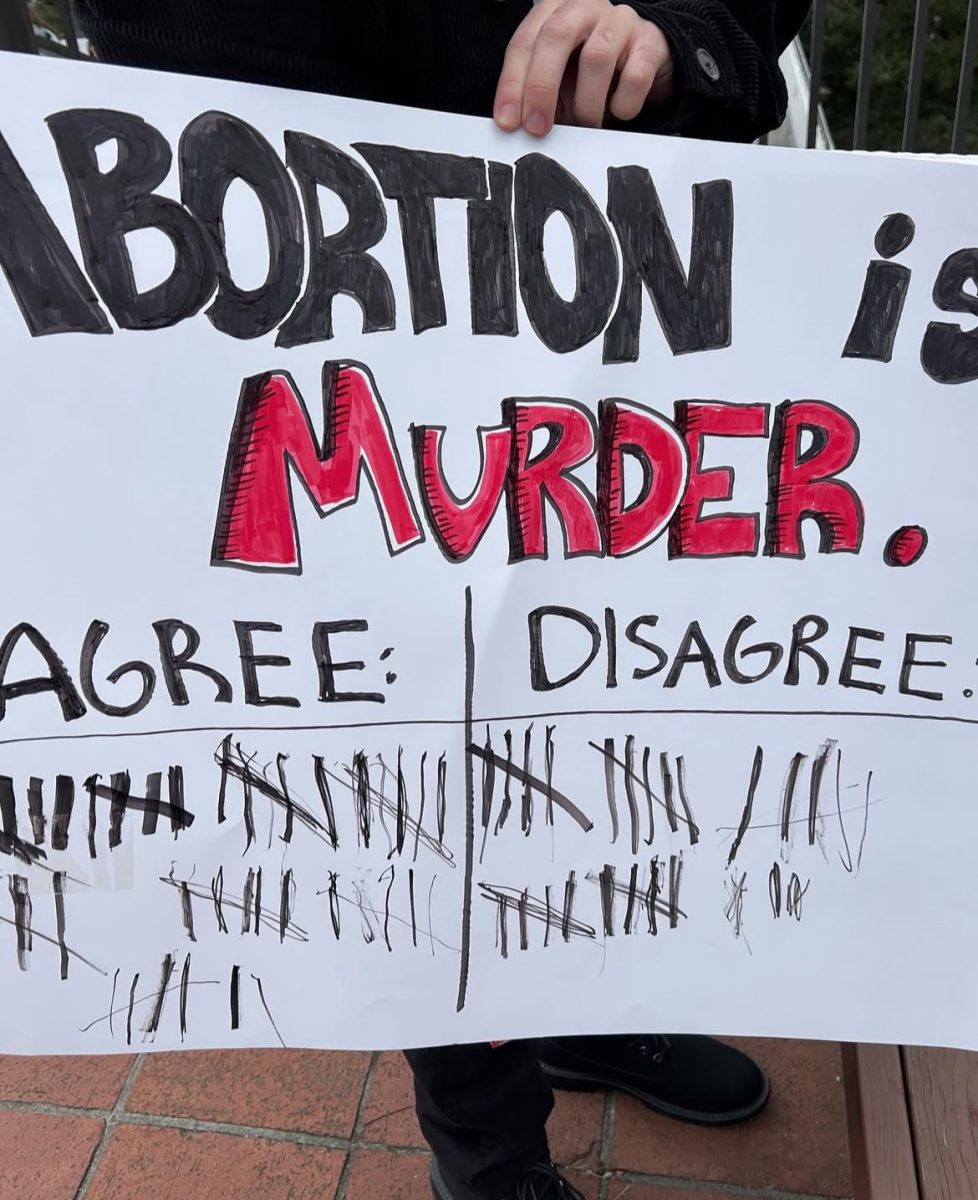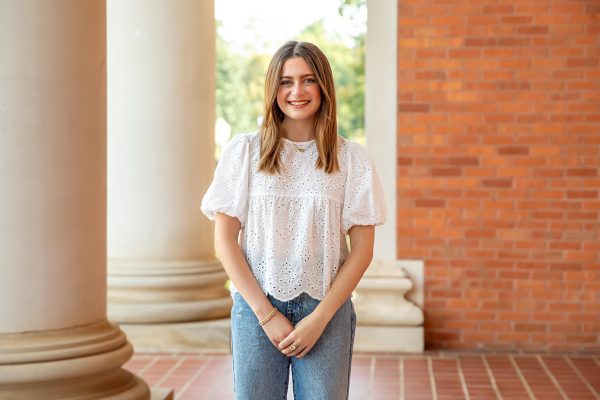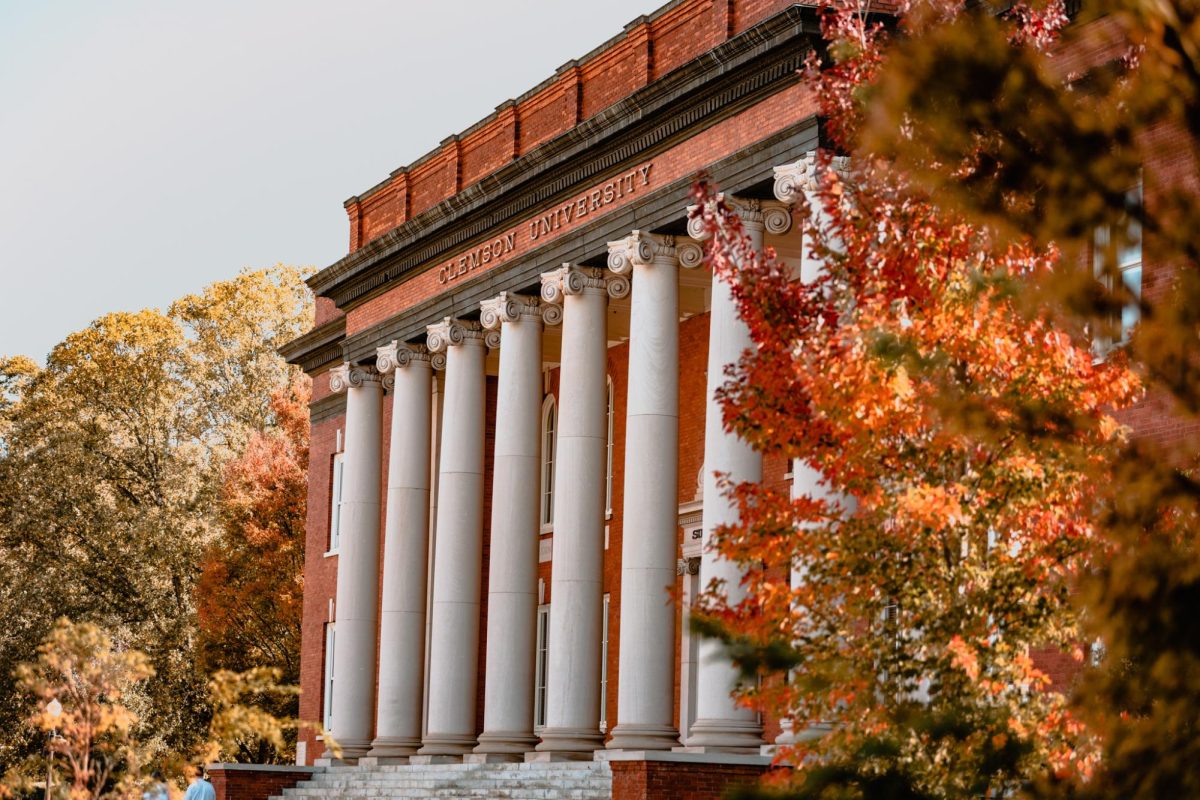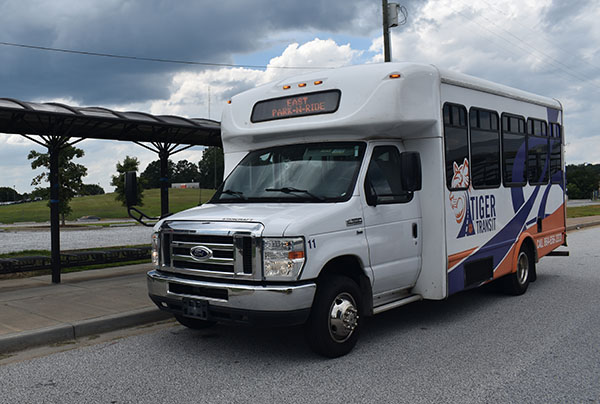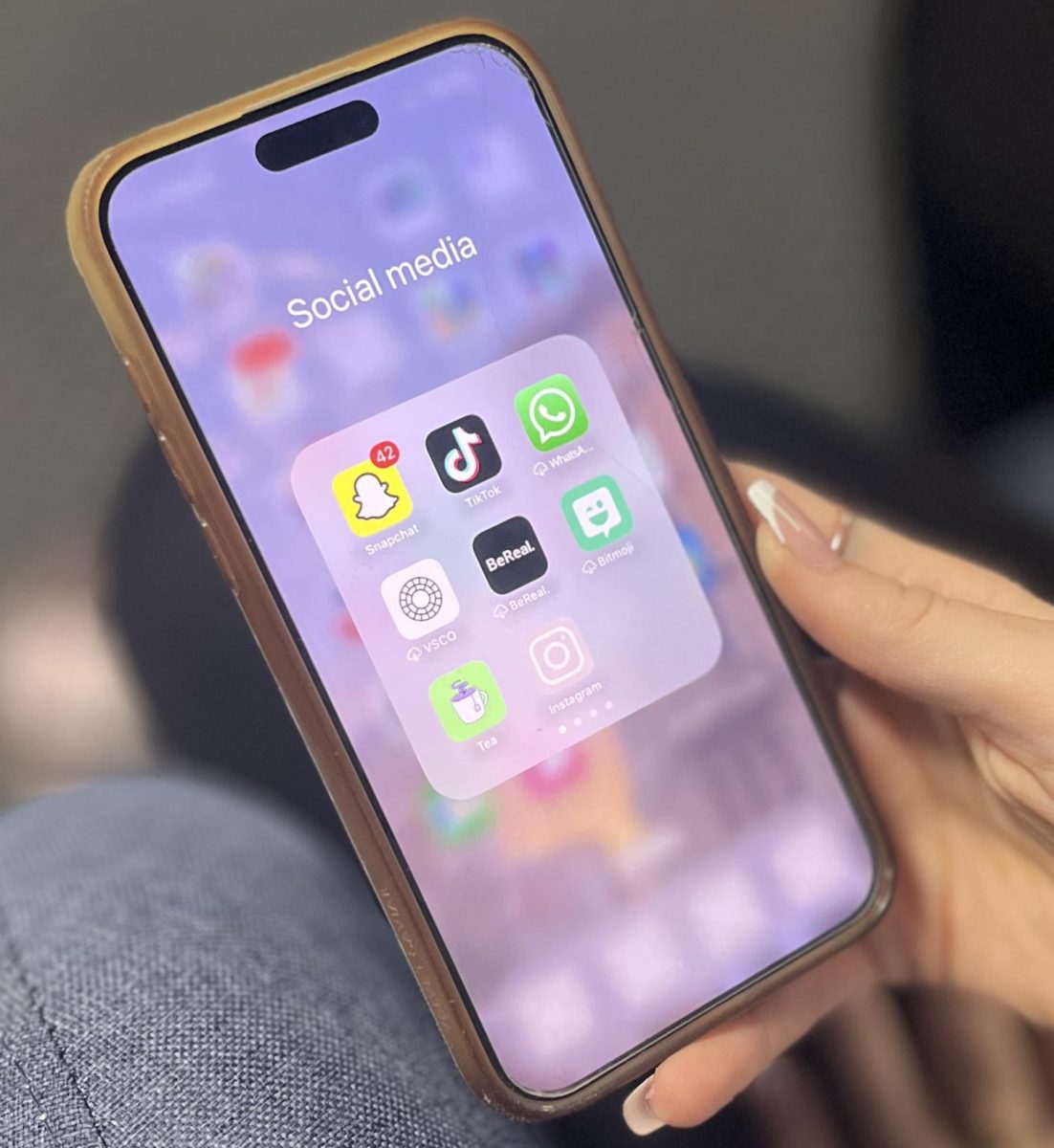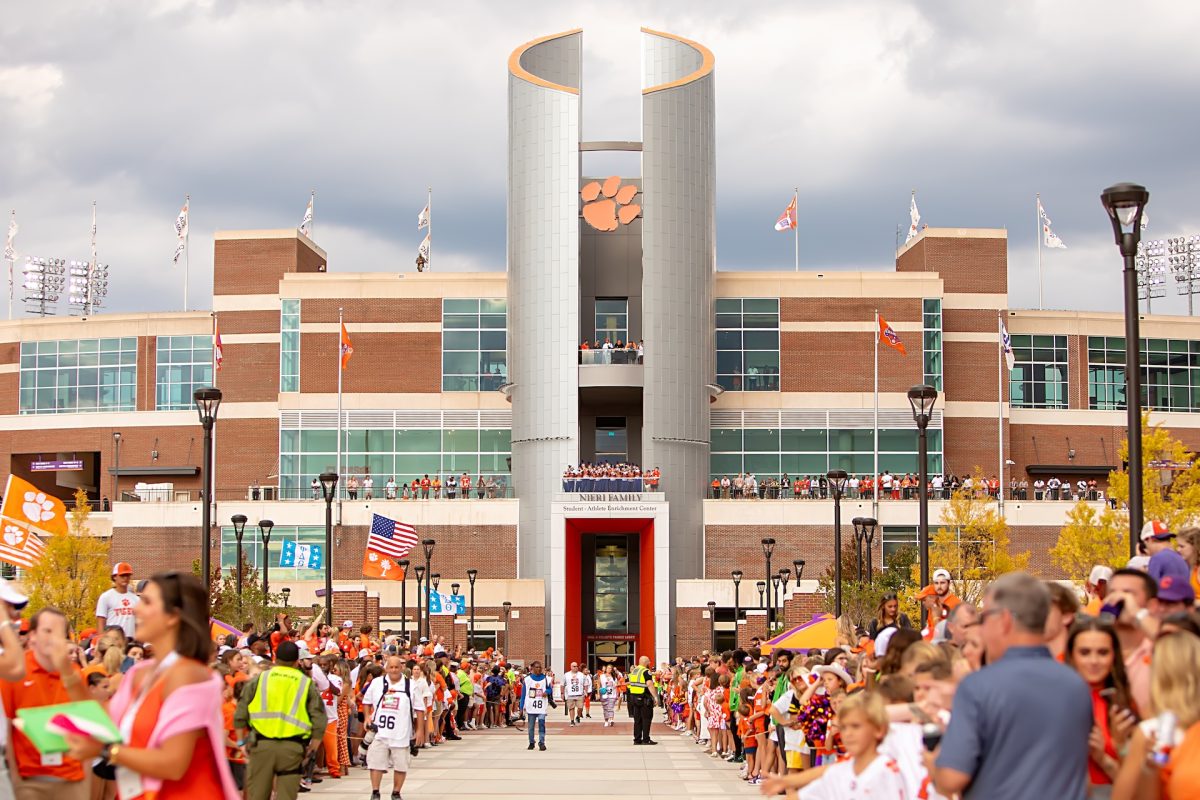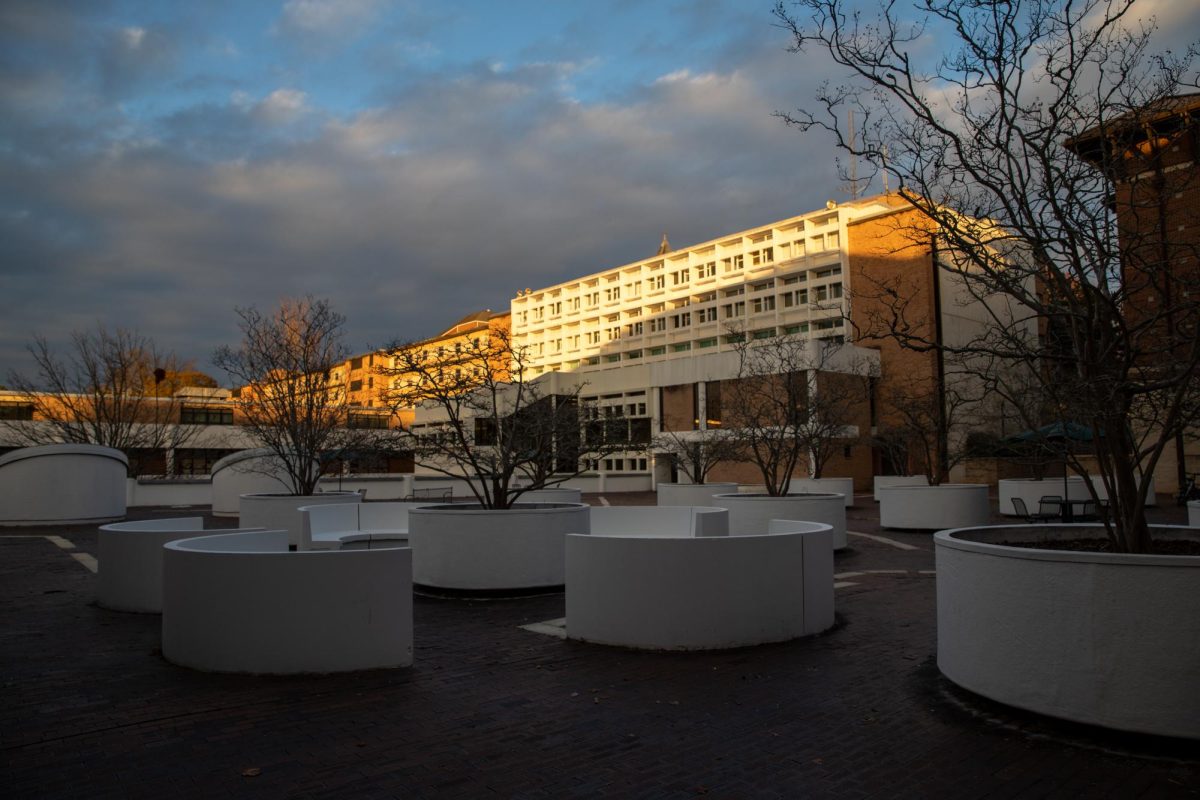We’ve all seen it: the anti-abortion protest that takes place next to Schilletter dining hall following spring break.
Whether you are walking back to your dorm or entering Schlitter with your friends, the demonstration is hard to miss with its graphic images and bold placement in the middle of Clemson’s campus.
I wonder — what are the reasons behind the methods of this protest? What are the motivations for speaking out in this vivid way? While this demonstration can be a difficult and uncomfortable topic, a way to make sense of it is to learn about and understand its purposes and objectives.
Jane Kihne, the current Chairman of the Clemson College Republicans and a Clemson student, highlighted that the demonstrators are a part of the Center for Bio-Ethical Reform and that the College Republicans are responsible for inviting the group of protestors to Clemson. She offered her personal and honest insights on the protest.
The most memorable aspect of this protest is the explicit imagery it contains. This imagery keeps students talking for several days, causing arguments and debates. Kihne shared that these conversations and interactions are one of the ultimate goals of the protest.
Kihne expressed that the intense visuals included in the protest are deliberately included to strike people who are not anti-abortion. The images are intended to display the truth on abortion and its gruesome reality to students, with the goal of sparking conversation and self-reflection. The conversations this demonstration creates are what Kihne believes separates this anti-abortion protest from others.
“The raw, emotional response that these images elicit create more dialogue, both externally and internally, than all other forms of pro-life protest,” Kihne told The Tiger.
Kihne acknowledges that the display from the CBR creates intensity amongst Clemson’s community. However, she believes this tension is necessary to create discussion about various topics.
“The installation that the Center for Bioethical Reform sets up brings tension to campus in a way that necessitates passersby to speak up, share their story, and engage in important conversations about ethics, morals, freedom and religion,” Kihne said.
“Students need to be challenged by these images, both intellectually and emotionally,” Kihne continued, “And the hope is that the images they see and conversations they have do not leave them but rather continue to shape them and their beliefs regarding the horrors of abortion.”
Sammy Sirover is a sophomore political science major from Haddonfield, New Jersey. Sammy can be reached at [email protected].



